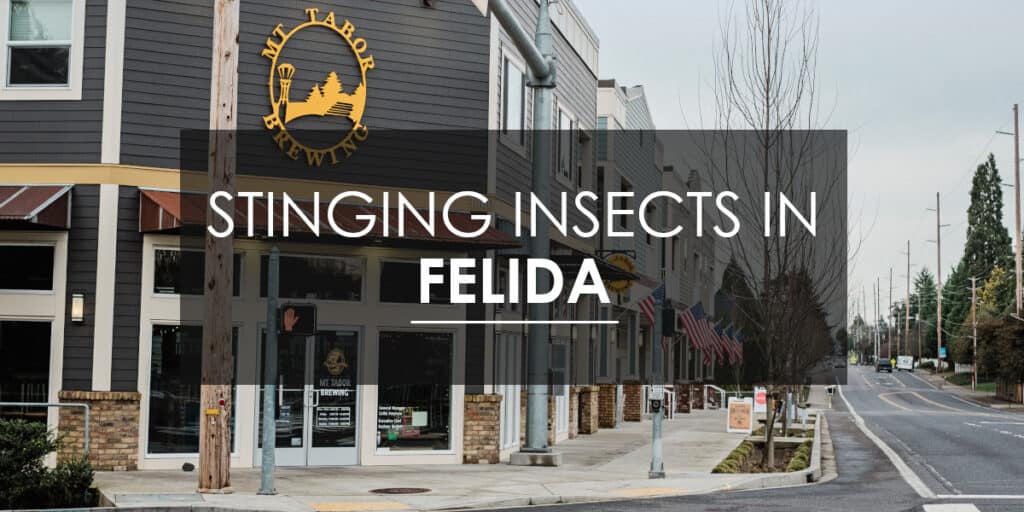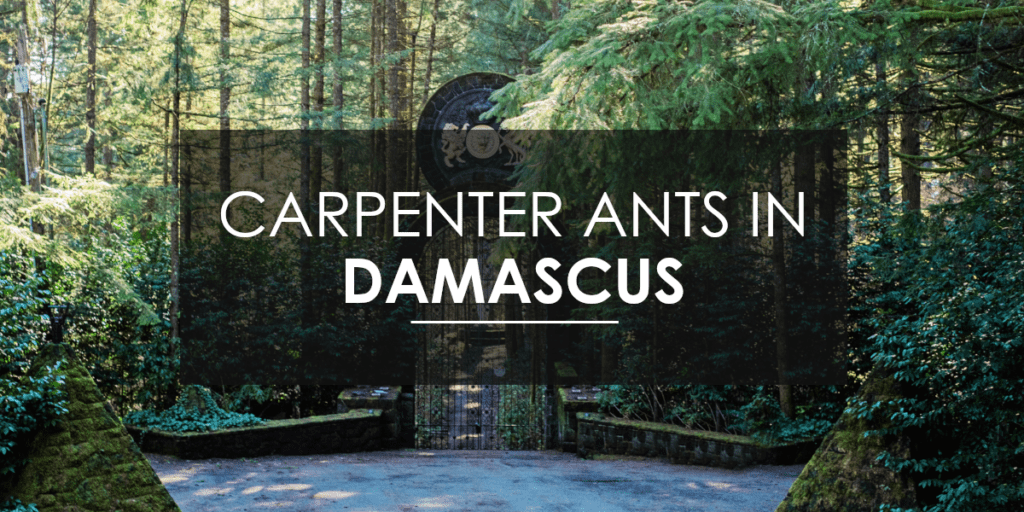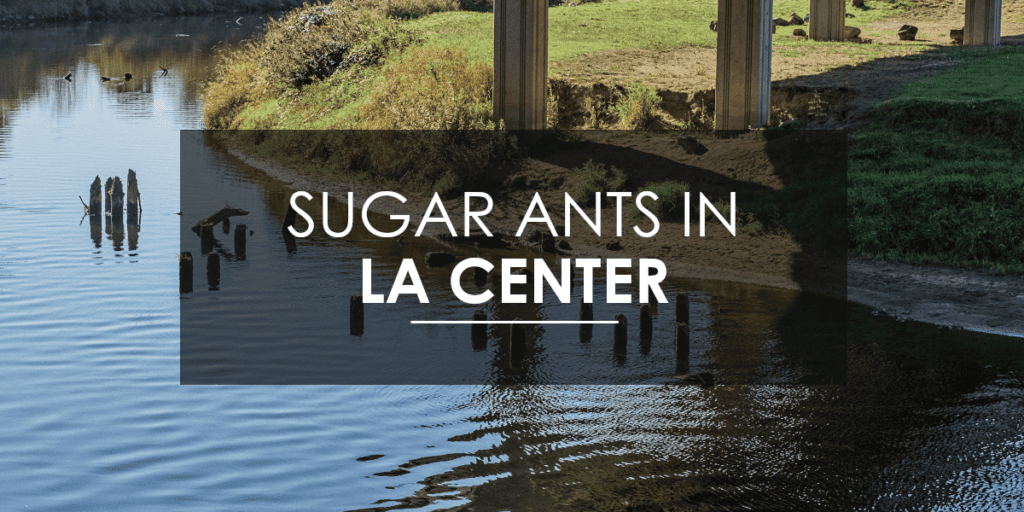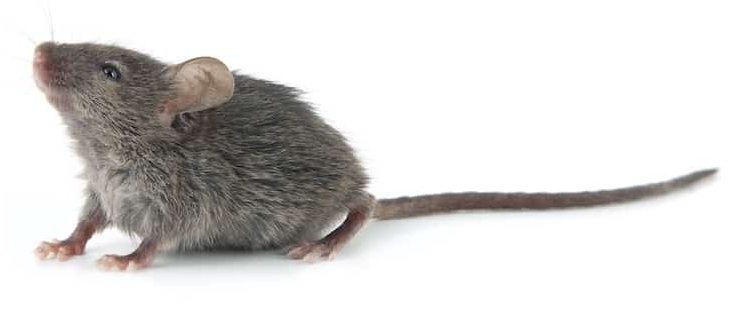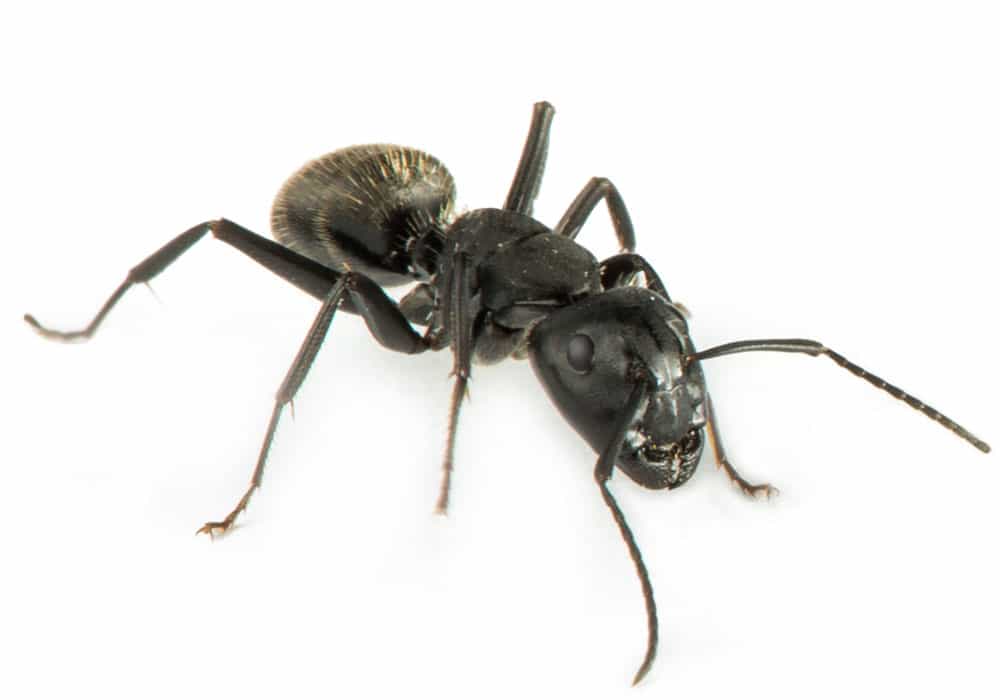TL;DR
- Boxelder bugs are dark brown/black with red-orange markings, about 1/2 inch long, and nymphs are red.
- They gather in large groups for warmth, especially in fall and winter, and feed on boxelder, maple, ash, and fruit trees.
- Their lifecycle includes egg laying in spring, red nymphs emerging in 10-14 days, and adults appearing by late summer/fall.
- They seek warmth in homes during fall and winter and stay inactive indoors.
- Preventive measures: seal entry points, remove host trees, keep areas clean, and apply insecticides in late summer/fall.
- They are not harmful to humans but can cause allergies and stain surfaces with droppings; professional pest control is recommended for treatment.
If you suspect boxelder bugs have invaded your home, knowing what to look for can help you confirm the infestation and decide if it’s time to call a professional pest control company. Understanding their habits and behavior makes it easier to identify these pests and take the right action.
Boxelder bugs have a very distinct appearance
Boxelder bugs, named for the boxelder maple trees they prefer to nest in and feed on, have a very distinct appearance in their mature state.
These winged insects have an exoskeleton that ranges from a very dark brown to black in color, and their wings, thorax, and abdomen are outlined by a bright reddish-orange color. Their antennae, also black, feature reddish-orange bands, and their eyes are large, red, and bulbous.
Fully grown boxelder bugs can measure up to one-half inch in length (approximately 13 millimeters).
Boxelder nymphs, the insects in their adolescent state, are entirely red in color until they reach maturity.
Do Boxelder Bugs Have Nests?
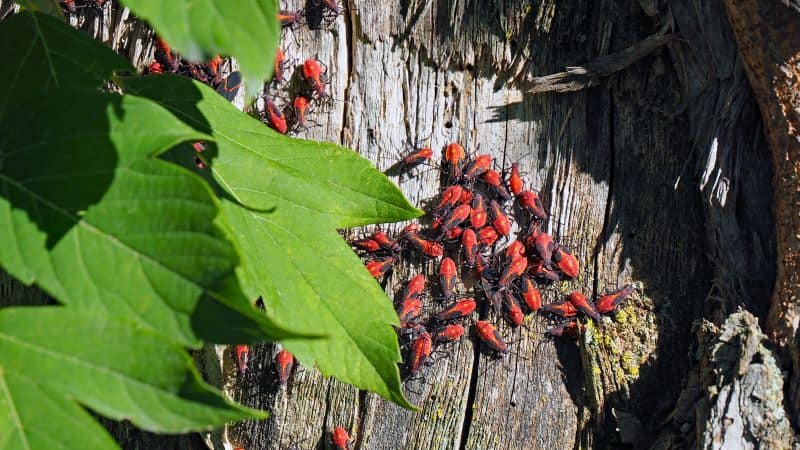
Boxelder bugs do not actually create nests. Unlike social insects such as bees, wasps, or ants, boxelder bugs do not live in colonies or build communal nesting sites. Instead, these insects cluster together in large groups, particularly during cooler months. They seek out warm, sunny locations, often gathering on the sides of homes, buildings, or trees to absorb heat and stay warm. While these gatherings might resemble a nest, it’s important to understand that boxelder bugs are simply congregating temporarily rather than nesting or establishing a permanent structure.
Diet and Host Trees
Boxelder bugs (Boisea trivittata) primarily feed on the seeds and sap of female boxelder trees (Acer negundo). They also consume sap from other tree species, including:
- Maple Trees: Particularly silver maple (Acer saccharinum) and trident maple (Acer buergerianum).
- Ash Trees: Various species within the Fraxinus genus.
- Fruit Trees: Such as almond, apple, cherry, peach, pear, and plum.
- Grapevines: Feeding on grapes and occasionally strawberries.
While their feeding rarely causes significant harm to these plants, large populations can become a nuisance.
Lifecycle and Reproduction
Understanding the lifecycle of boxelder bugs is crucial for effective management:
- Eggs: Laid in spring, these oval-shaped, rust-red or red-brown eggs are deposited in crevices of bark, leaves, or on the ground near host trees.
- Nymphs: Emerging 10 to 14 days after egg-laying, nymphs are wingless and bright red. They undergo several molts throughout the summer, gradually developing black markings and wings.
- Adults: By late summer or early fall, nymphs mature into adults. These adults are about 1/2-inch long, black with red markings, and have overlapping wings forming an ‘X’ pattern.
Seasonal Habits
Boxelder bugs exhibit distinct behaviors throughout the year:
- Spring and Summer: After emerging from overwintering sites, adults feed on low vegetation and seeds on the ground. They begin mating a couple of weeks after feeding and lay eggs on host trees.
- Late Summer and Fall: As temperatures drop, boxelder bugs seek warm areas and are attracted to buildings with large southern or western exposures. They gather in large numbers on buildings, seeking entry points to overwintering sites.
- Winter: During colder months, boxelder bugs remain inactive in sheltered areas such as walls, attics, and other indoor spaces. They may become active on warm, sunny days but do not reproduce indoors.
Preventive Measures
To minimize boxelder bug infestations:
- Seal Entry Points: Inspect and seal cracks, crevices, and gaps around windows, doors, and foundations to prevent their entry.
- Remove Host Trees: Consider removing female boxelder trees near your property, as they are primary breeding sites.
- Maintain Cleanliness: Keep areas around your home free from debris, woodpiles, and leaf litter where bugs can hide.
- Use Insecticides: Apply appropriate insecticides around potential entry points during late summer and fall to deter infestations.
Implementing these strategies can help reduce the likelihood of boxelder bug invasions and maintain a pest-free environment.
What Trees Do Boxelder Bugs Like?
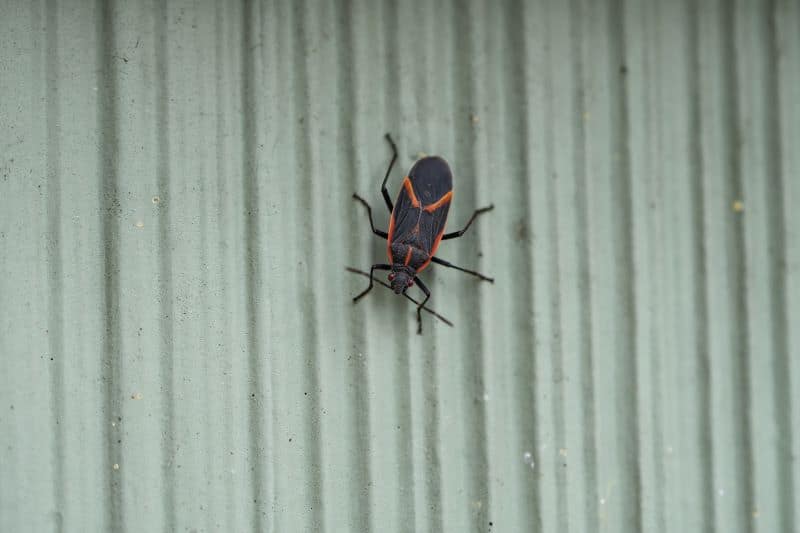
Boxelder bugs are nuisance pests, but can cause agricultural damage. As their name suggests, boxelder bugs are most commonly found on boxelder trees in North America, where they feed on seeds, sap, and newly developing leaves. However, these pests aren’t limited to boxelders—they can also nest and feed on other trees, including maple, ash, apple, and almond trees. In some cases, they have even been known to target strawberry plants.
While boxelder bugs are primarily nuisance pests, their feeding habits can cause cosmetic damage to trees and plants. They create scars on leaves and twigs, resulting in a cork-like appearance that may weaken the tree’s health over time. Additionally, their activity can lead to premature fruit drop, particularly in apple and almond trees. Although their impact isn’t as severe as agricultural pests like locusts or stink bugs, their presence can still be a concern for homeowners and gardeners, especially in areas with a high number of boxelder trees.
If you live near these preferred trees, it’s likely you’ll encounter boxelder bugs in their natural habitat or as they seek shelter in and around your home.
Boxelder bugs do not typically pose a threat to people
Again, the boxelder is a nuisance pest, and does not pose a threat to humans. They will not sting you. They also do not carry diseases. They are capable of biting, but this is very rare. Some people may possess seasonal allergies to the boxelder bug, though studies are still being conducted on the subject. As we would with any potential allergic reaction to a pest, we recommend seeking medical assistance if you or a loved one has been exposed to an allergen.
Boxelders are seeking warmth, and may find it in your home
Like many insects, boxelders make themselves known in the spring, and will seek out the more sunlit areas of your home. We typically see boxelders on the west and south sides of homes and structures when treating these pests.
The same is true for the late-summer and early-fall months when the bugs are beginning to prepare for overwintering (hibernation). They’ll gather on the warm, sunny sides of the home, and will soon begin their hibernation process. Typically, this means finding shelter under plant debris and in the bark of trees, however, if they’re able to detect the warmth of your home they may access it through cracks in siding, the home’s foundation, or other entry points.
Boxelders can do cosmetic, not structural, damage to your home
If you see that boxelder bugs have made their way into your home, it’s important to call professional extermination services as soon as possible in order to treat the infestation. The longer you wait, the worse the infestation will inevitably get.
However, we don’t want you to panic. It’s unusual for boxelder bugs to cause structural damage to your home in the way that a termite infestation can. Call us today and learn what is a common sign that a pest is causing structural damage.
As we mentioned prior, the boxelders are seeking warmth. If they can make their way inside, they’ll likely fill every void in the walls or similar spaces that they can.
If you have boxelder trees on your property, this is even more likely, as the boxelder prefers to live near (or on) its source of food. You needn’t worry too much about them invading or contaminating your food, though you should take the time to inspect where your food is stored just to be absolutely certain.
Boxelder Bug Poop Can Stain
Do you see small stains around windowsills and door frames? It might be boxelder bug dropping! Boxelder bugs excrete liquid feces, which can leave stains on carpets, rugs, and other fabrics.
If you’re wondering if the stains are boxelder bug poop or something else, boxelder bug dropping stains are typically small and appear in faded shades of yellow, brown, or gray. Their droppings can make quite a mess, and when these bugs are squished, they can also cause stains.
Boxelder bugs can be more effectively treated by professionals
When you call the pest extermination professionals at Aspen Pest Control, we’ll follow a precise process designed to understand your unique pest infestation situation.
First, we’ll conduct a thorough inspection of your property and home. After we’ve completed our analysis, we’ll discuss with you in the clearest terms what we’ve found and what we recommend regarding treatment options. We’ll never pressure you. Your comfort is our commitment.
Once we’ve made a decision on the box elder bug treatment, we’ll use commercial grade products and techniques to the areas when the boxelder bugs are visible, and those areas where they are likely to be hidden, in order to give you the most thorough application of the treatment that is possible.
After treatment, we’ll continue to observe the eradication of your infestation. Boxelders, because of their being a flying insect, can sometimes be difficult to fully exterminate, but our commitment to our customers means that your satisfaction matters to us.
Are you concerned about a boxelder infestation? Contact Aspen Pest Control TODAY. Our expert technicians will listen to your concern, examine your home and property, and provide you with hassle-free solutions designed to WORK FOR YOU.
Don’t delay. Aspen is here to help you with all of your pest control needs.


